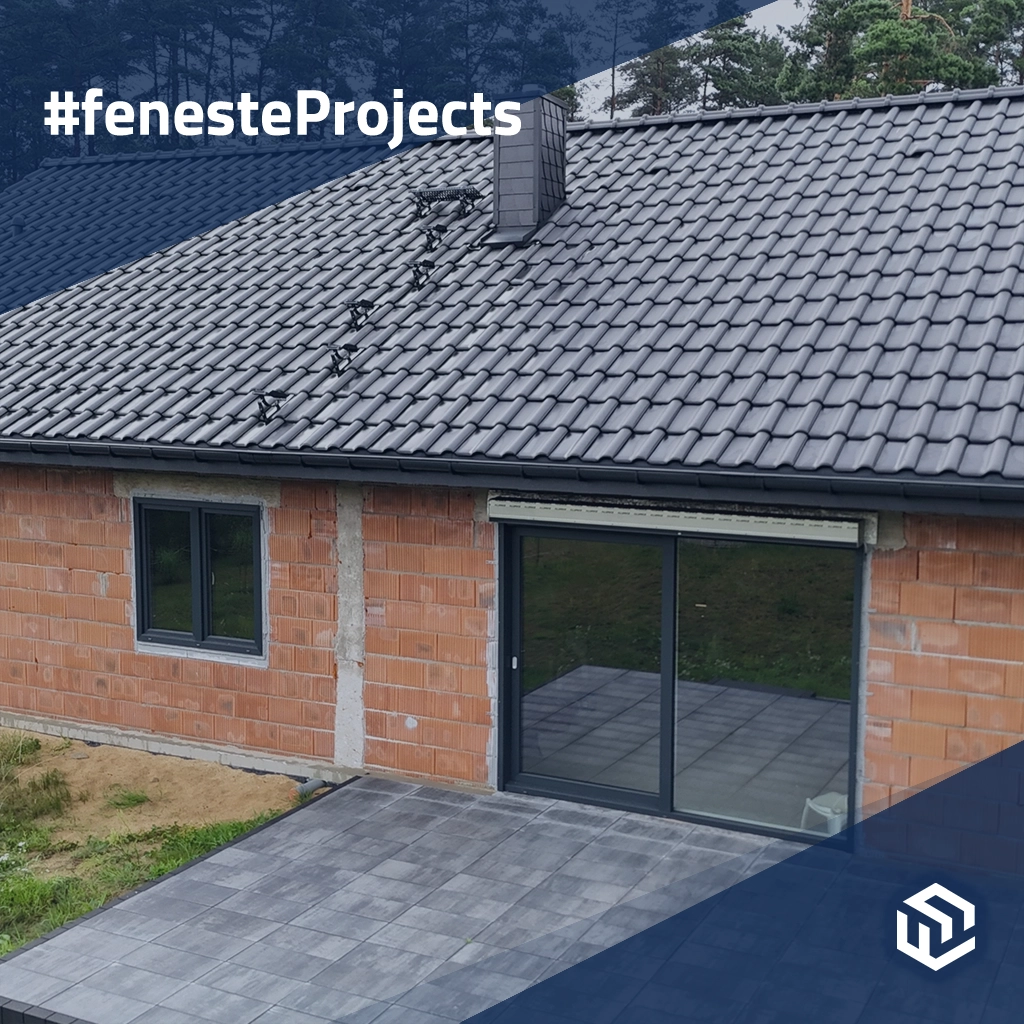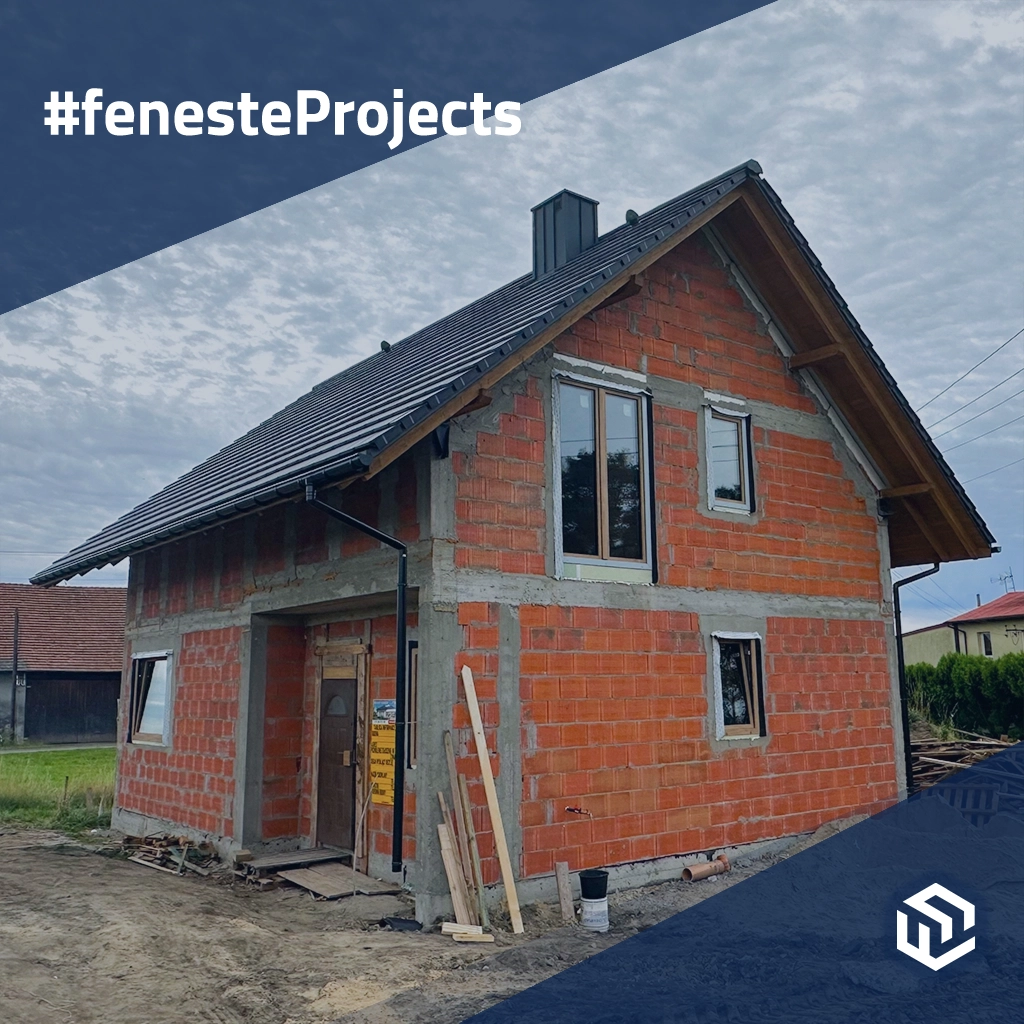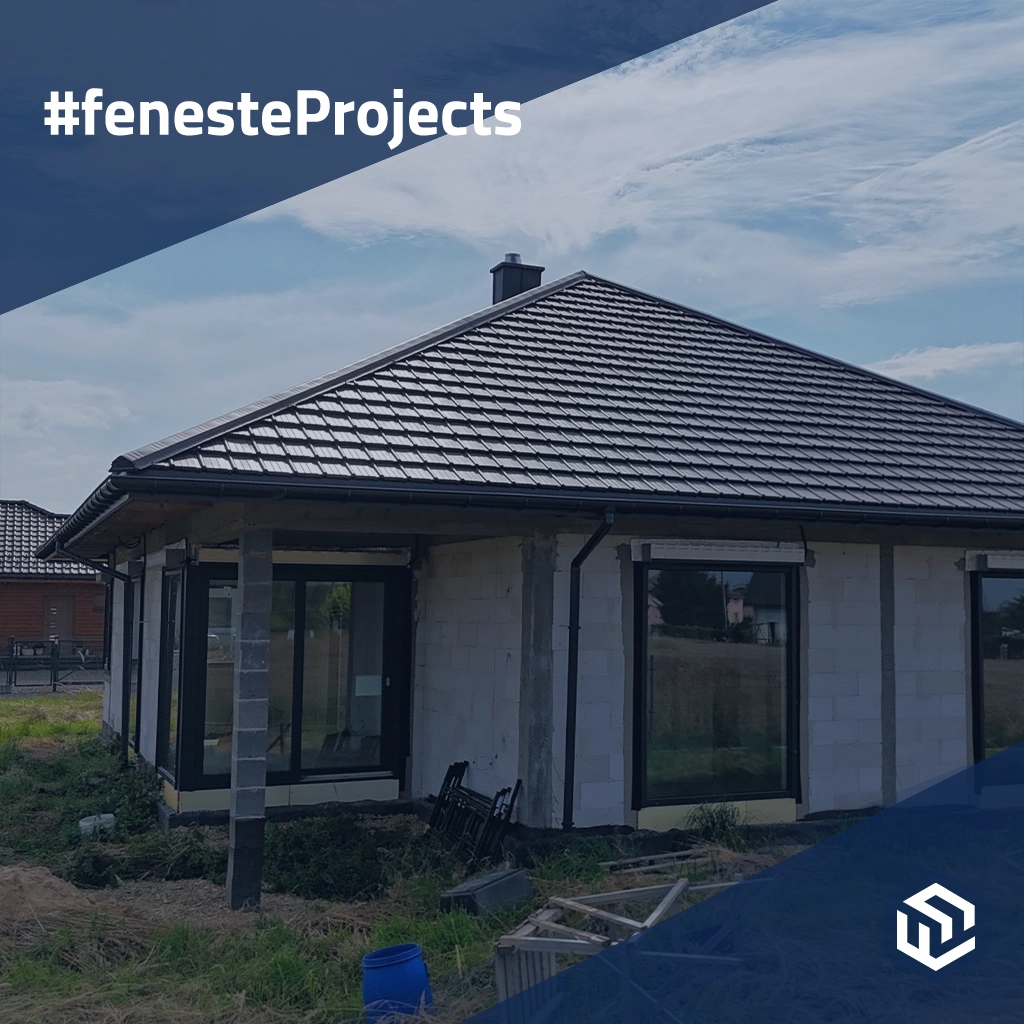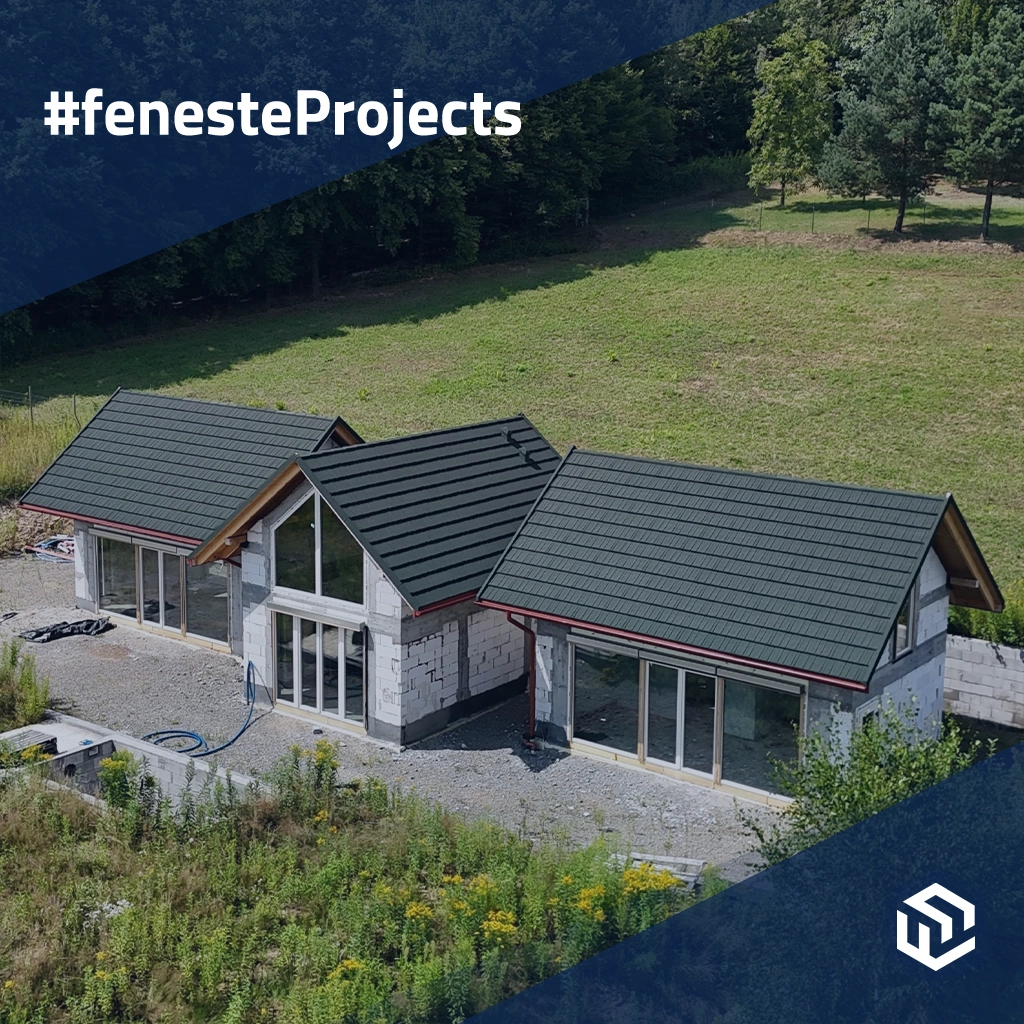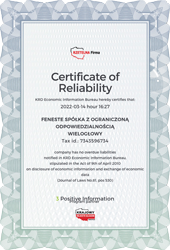What is the difference between an adaptive, plug-in and top-mounted roller blind?
The difference between the adaptive, plug-in and top-mounted roller shutters is the method of installation and functionality of each of these types of roller shutters.
- Adaptive roller shutter: The adaptive roller shutter is mounted directly on the window. It can be used both for new windows and for the modernization of existing windows. It is characterized by the fact that its guides are mounted on or around the window, which allows you to maintain the function of opening and closing the window without the need to raise or lower the blind. The adaptive roller blind fits perfectly to the window, which increases its aesthetics and effectiveness in terms of thermal and acoustic insulation.
- Plug-in roller blind: The plug-in roller blind, also known as a window blind, is mounted under the window, on the wall or on the window frame. This is a popular option for people who do not want the blind to be visible when closed. The plug-in roller blind has its guides placed in the window fitting, thanks to which it is fixed stably and directly to the wall or frame. Opening and closing such a roller blind is done by manually raising and lowering the roller blind material
- Top-mounted roller blind: The top-mounted roller blind, also called a top-mounted roller blind, is mounted above the window, on the wall or on the window frame. It is characterized by the fact that it is mounted on a special box, which is placed on top of the window. The top-mounted roller blind is usually slid between the guides and rolled up in the box when not in use. This is a popular solution when there is not enough space to install an adaptive or plug-in roller shutter, and at the same time you want to avoid installing an external roller shutter.
To sum up, the difference between the adaptive, plug-in and top-mount roller blinds concerns the method of assembly and the functionality that each of these types of roller blinds offers. Choosing the right type of roller blind depends on aesthetic preferences, user needs and installation conditions.
